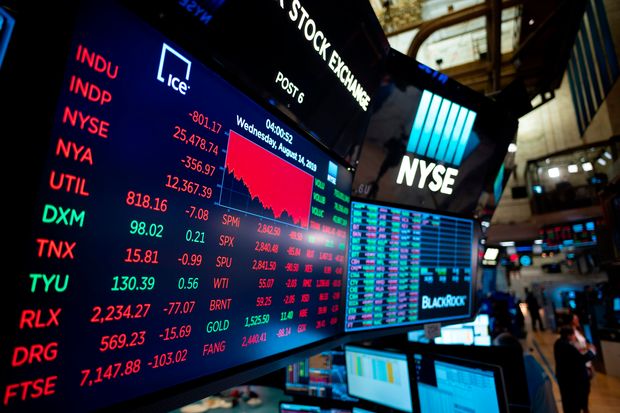Harley-Davidson reboots business as coronavirus hammers earnings

By Rajesh Kumar Singh
CHICAGO (Reuters) – Harley-Davidson Inc <HOG.N> on Tuesday reported an unexpected quarterly loss due to disruptions caused by the coronavirus pandemic, sending its shares sliding over 9% in morning trade.
It also unveiled a restructuring strategy that aims to shift focus back to more profitable motorcycles and core markets such as the United States.
Harley has been struggling for years to grow sales beyond baby boomers. The company has not posted retail sales growth in the United States, its biggest market, in the past 14 quarters.
The pandemic has exacerbated its challenges.
In the latest quarter, U.S. retail sales plunged 27% year-on-year, the steepest fall in at least six years. Overall, motorcycles revenue dived 53% year-on-year to $669 million, hurt by the temporary suspension of production due to COVID-19 related lockdowns.
Harley reported a loss of 60 cents per share for the quarter through June, compared with a profit of $1.23 per share a year ago. Analysts on average expected a profit of 4 cents per share, according to IBES data from Refinitiv.
Shares were last trading down 7.7% at $27.01.
While retail sales have improved sequentially since April with the lifting of pandemic shutdowns, Harley declined to provide an earnings guidance.
Chief Executive Jochen Zeitz has tightened supplies and cut production, reducing global dealer inventory and driving up prices for pre-owned bikes, which used to be a drag on new bike sales.
Zeitz, who took the reins in February, said the company will avoid price discounts and promotions to drive sales. “Focusing on desirability will be the future,” he said.
The move could make it tougher to find new customers in the worst recession since the Great Depression.
As part of the restructuring strategy, Zeitz plans to reduce product portfolio by 30% and invest in 50 markets with growth potential in North America, Europe and parts of Asia Pacific.
His strategy will eliminate 700 positions, but is estimated to result in ongoing annual savings of about $100 million.
(Reporting by Rajesh Kumar Singh; Editing by Bernadette Baum and Nick Zieminski)